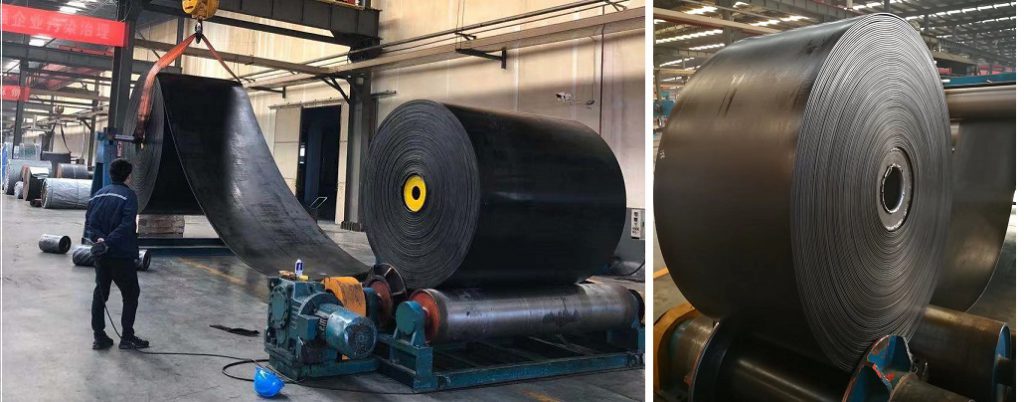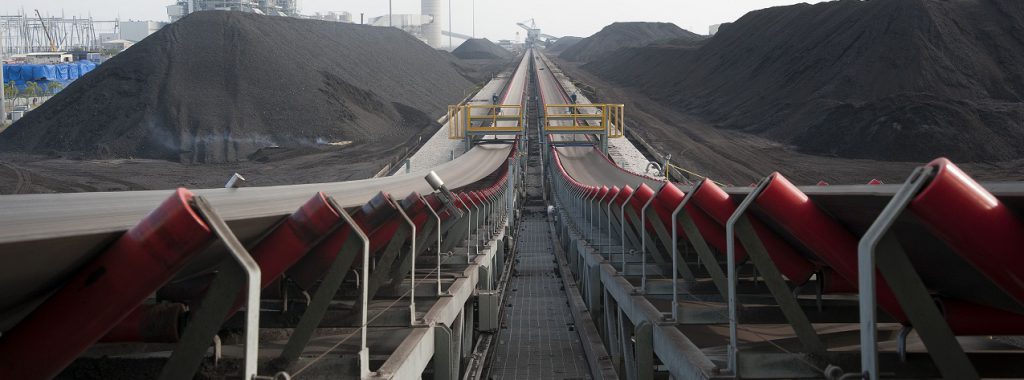Rubber conveyor belt Cold Splicing vs Hot Vulcanizing Splicing-SUNGDA Conveyor Belt
In today’s splicing work for rubber conveyor belts, it seems that more and more belts are being transformed into thermal vulcanization. Engineers / end users claim that hot vulcanization belts are far superior to cold vulcanization belts, but is this really the case? Which of the hot vulcanization and cold vulcanization is more advantageous and which method is more suitable for your conveyor belt? Let’s analyze it in detail:
The main difficulties of cold vulcanizing are the quality of the glue (depending of the formula, the condition of storage and the date of expiration), the conditions for doing the job (dust, humidity, mud, oil etc.) and last but not least, the skill of the operators. If your company is experienced with cold vulcanizing I suspect you don’t need more information about this subject.
In opposition, if you want to make a good hot vulcanizing, you should take more attention on the quality of the conveyor belt. Be aware that a conveyor belt manufacturer have to juggle between a wide range of parameters, among them :
– variable fabrics from different suppliers (various material, weaves, strength wrap and weft, elongation etc. in EP conveyor belt)
– the quality of the impregnation on the fabric and the adhesion cover between the layers (–> adhesion strength, elasticity etc.)
– the formula (several thousand compounds are available) and quality and the age of the uncured rubber
– the tolerance of every raw material (i.e. thickness of raw rubber)
– the process parameters during the rubber conveyor belt manufacturing (temperature, pressure, time etc.)
– the quality of the manufacturing equipment

Hot vulcanizing is not like metal processing, where it’s possible to keep an accuracy and constancy of 1/1,000 sometime we manufacture in our very clean factory the same belt in the morning and afternoon with various results only because the atmospheric conditions (temperature and humidity) were different. Every rubber conveyor belt manufacturer knows the big problem of ply separation during the manufacturing, even with the most modern machines. One point is that it must be possible to separate the plies and that the rubber must be re-vulcanisable one or two times in order to make the splice (also after a few years). It means that the vulcanization of the rubber conveyor belt is only “half done”. So it means you need a reliable belt supplier and the raw material only from him to be sure.

Of course, if you want to make a good hot splice, you need also a team of specialized workers and a good vulcanizing press. Here is the next difficulty : due to the pressure of 10 bars or more and due to the high temperature, you will discover that even strong traverses will bend in the middle like a banana (maybe up to one mm). The result can be a big pressure difference between the middle and the edges of the conveyor belt, and maybe a bad splice. Consequently, if you want to vulcanize very wide belts, you need to calculate a progressive vulcanizing tool (thicker in the center and thinner on the corners) or you need a press with a “water bag” as pressure system. Only a press with a hydraulic bag provides a constant pressure on all the surface, regardless of eventual variation of the conveyor belt thickness.
Of course, the condition of working must be approximately the same as for a cold vulcanizing (no humidity, no dust, no oil, etc.) and you have to follow the recommendations of the conveyor belt manufacturer.
If I want to summarize I will say that hot splice is a good solution for long and wide belts with the guaranty that the construction will fulfill the function (wear resistance and pull resistance) and maintain the elasticity during all the life time of the rubber compound. On the other hand you need a very high investment (more than 100,000 USD for the press, the crane, the truck, etc.) and there is always a little risk of failure, even with the best quality insurance (see the number of vulcanizers in a open cast mine).
For small and non critical conveyor belts, or for old belts, cold vulcanizing is a good solution, especially if the accessibility is bad and if you want to save a lot of money for the investment and for the education of your people. The biggest difference between hot and cold vulcanizing is that a glue will lost his elasticity after some years, so that the life time will be theoretically shorter.
Again, the challenge today is not to find the best technological solution but the most economic solution, depending of the application and the conditions in a specific country. There is no universal solution, all four technologies are somewhere the best solution, it’s up to you to make your own experience and to decide which one you want to use.








Tags: cold splicing,conveyor belt maintenance,conveyor belt repair,conveyor belt splicing,hot vulcanization splicing,joint,Rubber conveyor belt,splicing






